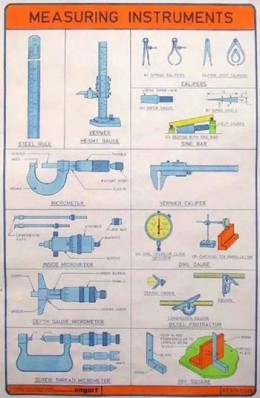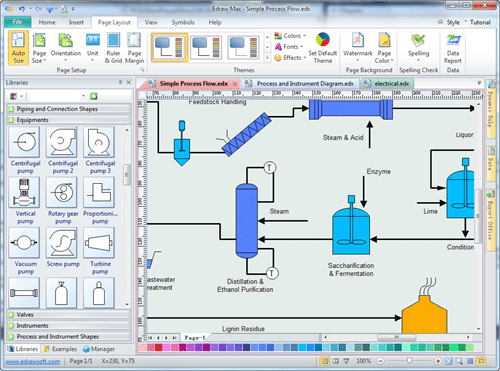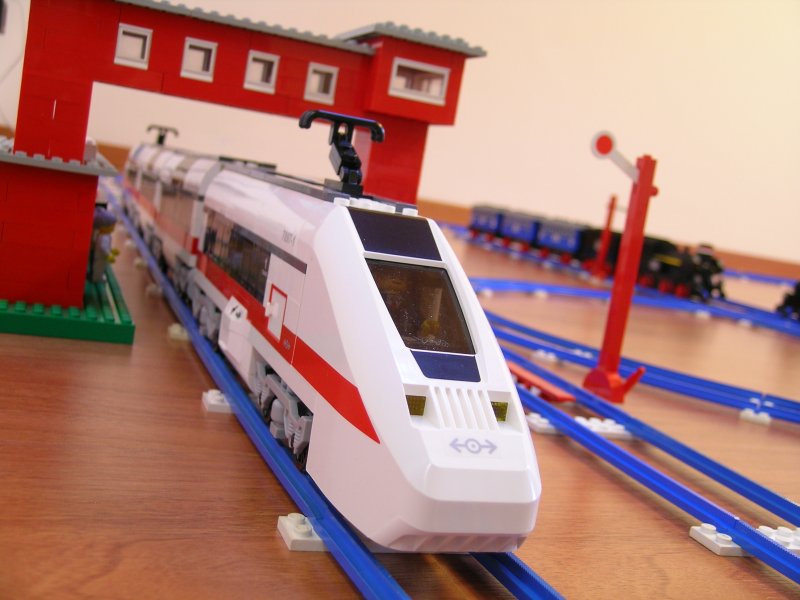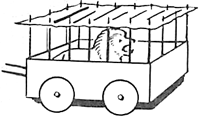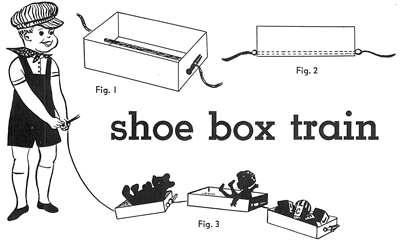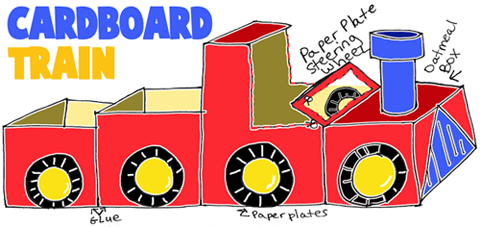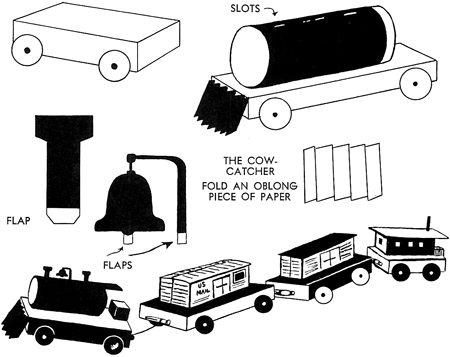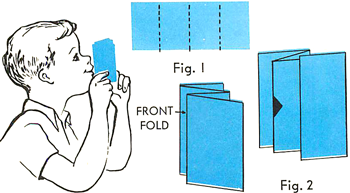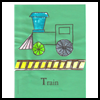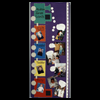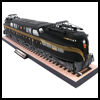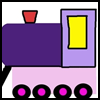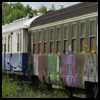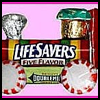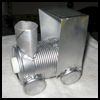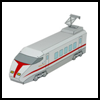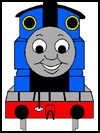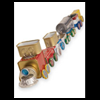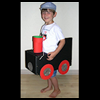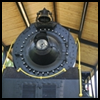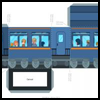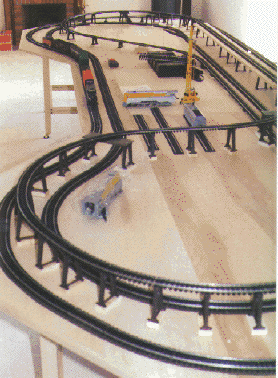BHAVIT SHARMA bhavit08.blogspot.com 2 October 2016

'I cannot tech you violence, as I do not myself believe in it. I can only tech you not to bow your heads before any one even at tha cost of your life...' - Happy Gandhi Jayanti......
WISH YOU VERY VERY HAPPY
GANDHI JAYANTI
BY BHAVIT SHARMA
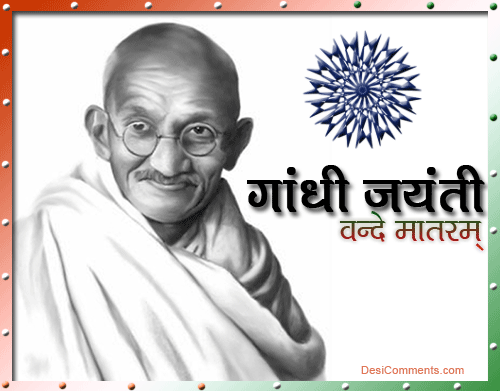
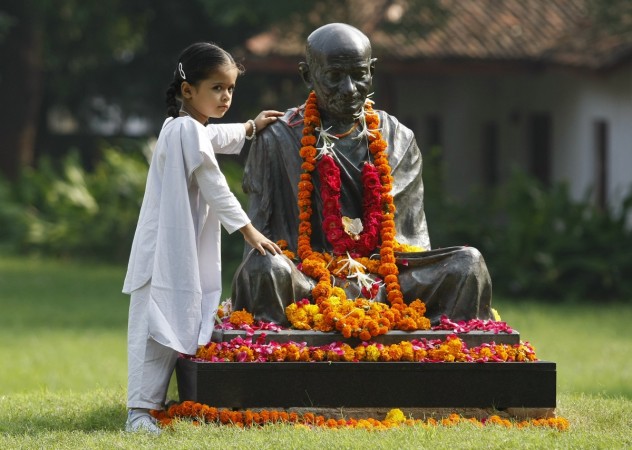
With his ideologies and teachings, Mohandas Karamchand Gandhi, popularly known as Mahatma Gandhi, inspires thousands of individuals all over the globe. The political leader, born in Gujarat in 1869 to Karamchand Gandhi and Putlibai, fought for the freedom of India and is called the Father of the Nation.
Flower petals lay scattered at the feet of the Mahatma Gandhi Statue in Washington.Reuters
Snow falls on a statue of Mahatma Gandhi in Geneva.Reuters















'I cannot tech you violence, as I do not myself believe in it. I can only tech you not to bow your heads before any one even at tha cost of your life...' - Happy Gandhi Jayanti......
WISH YOU VERY VERY HAPPY
GANDHI JAYANTI
BY BHAVIT SHARMA


With his ideologies and teachings, Mohandas Karamchand Gandhi, popularly known as Mahatma Gandhi, inspires thousands of individuals all over the globe. The political leader, born in Gujarat in 1869 to Karamchand Gandhi and Putlibai, fought for the freedom of India and is called the Father of the Nation.
Often called Bapu, Gandhi's 147th birth anniversary falls on Sunday, October 2 this year. As part of the celebrations, prayer services and tributes are offered at Raj Ghat, the memorial of the freedom fighter, in New Delhi.
Various ceremonies and activities will also be conducted at various parts of the country with many school children dressing up like Gandhi, who has been hailed as the symbol of peace, non-violence and freedom.
Check out 30 inspiring quotes by Mahatma Gandhi to be shared on Gandhi Jayanti 


 2016:
2016:



 2016:
2016:Where there is love there is life.
Live as if you were to die tomorrow. Learn as if you were to live forever.
A nation's culture resides in the hearts and in the soul of its people.
Non-violence is the greatest force at the disposal of mankind. It is mightier than the mightiest weapon of destruction devised by the ingenuity of man.
Nobody can hurt me without my permission.
My life is my message.
It may be possible to gild pure gold, but who can make his mother more beautiful?
Prayer is not asking. It is a longing of the soul. It is daily admission of one's weakness. It is better in prayer to have a heart without words than words without a heart.
There is more to life than increasing its speed.
It is health that is real wealth and not pieces of gold and silver.
The best way to find yourself is to lose yourself in the service of others.
You must be the change you wish to see in the world.
When I admire the wonders of a sunset or the beauty of the moon, my soul expands in the worship of the creator.
Happiness is when what you think, what you say, and what you do are in harmony.
The real ornament of woman is her character, her purity.
Intolerance is itself a form of violence and an obstacle to the growth of a true democratic spirit.
Prayer is the key of the morning and the bolt of the evening.
My religion is based on truth and non-violence. Truth is my God. Non-violence is the means of realising Him.
A man is but the product of his thoughts what he thinks, he becomes.
Non-cooperation with evil is as much a duty as is cooperation with good.
Non-violence is the article of faith.
To believe in something, and not to live it, is dishonest.
Truth never damages a cause that is just.
God, as Truth, has been for me a treasure beyond price. May He be so to every one of us.
Self-respect knows no considerations.
As human beings, our greatness lies not so much in being able to remake the world - that is the myth of the atomic age - as in being able to remake ourselves.
Poverty is the worst form of violence.
Man lives freely only by his readiness to die, if need be, at the hands of his brother, never by killing him.
Prayer is a confession of one's own unworthiness and weakness.
My religion teaches me that whenever there is distress which one cannot remove, one must fast and pray.
Mahatma Gandhi drew praise for his contribution round the world so much so that his birth-date is celebrated as ‘International Day of Non-Violence’. Among many others who fought for freedom, he was the one who challenged the Britishers and in the process got himself imprisoned for many years. Gandhiji always practised non-violence and led the most simple life. Many believe that if Gandhiji had wanted to, he could have saved the lives of Bhagat Singh, Sukhdev, and Rajguru. Among many others who fought for freedom, he was the one who challenged the Britishers and in the process got himself imprisoned for many years. Gandhiji always practised non-violence and led the most simple life.
There are still many Gandhians who try to follow his philosophy and ideologies to promote peace and harmony. He and his life was like an open book and his spirit of leading life was just hatsoff. Gandhiji’s philosophy was not based on theory but he practiced and preached what he said. On Mahatma Gandhi Jayanti occasion, here we are sharing his 15 famous quotes and giving this legend a grand tribute- which will help one to walk on non-violence path.

Quote reads: Always aim at complete harmony of thought and word and deed. Always aim at purifying your thoughts and everything will be well.

Quote reads: I cannot teach you violence, as I do not myself believe in it. I can only teach you not to bow your heads before any one even at the cost of your life

Quote reads: Be the change that you wish to see in the world.

Quote reads: An error does not become truth by reason of multiplied propagation, nor does truth become error because nobody sees it. Truth stands, even if there be no public support. It is self sustained

Quote reads: When I despair, I remember that all through history the way of truth and love have always won. There have been tyrants and murderers, and for a time, they can seem invincible, but in the end, they always fall. Think of it–always

Quote reads: Your beliefs become your thoughts, Your thoughts become your words, Your words become your actions, Your actions become your habits, Your habits become your values, Your values become your destiny

Quote reads: You must not lose faith in humanity. Humanity is like an ocean; if a few drops of the ocean are dirty, the ocean does not become dirty

Quote reads: Change yourself – you are in control

Quote reads: If you want something really important to be done you must not merely satisfy the reason, you must move the heart also

Quote reads: Freedom is not worth having if it does not include the freedom to make mistakes

Quote reads: To believe in something, and not to live it, is dishonest

Quote reads: An eye for an eye will only make the whole world blind

Quote reads: Each night, when I go to sleep, I die. And the next morning, when I wake up, I am reborn

Quote reads: Seven social sins: politics without principles, wealth without work, pleasure without conscience, knowledge without character, commerce without morality, science without humanity, and worship without sacrifice

Quote reads: Men often become what they believe themselves to be. If I believe I cannot do something,it makes me incapable of doing it. When I believe I can,I acquire the ability to do it even if I didn’t have it in the beginning
Image credit: BHAVIT SHARMA
And wish you very very happy GANDHI JAYNTI 2' OCTOBER 2016 WISH U ALL FAMILY BY BHAVIT SHARMA

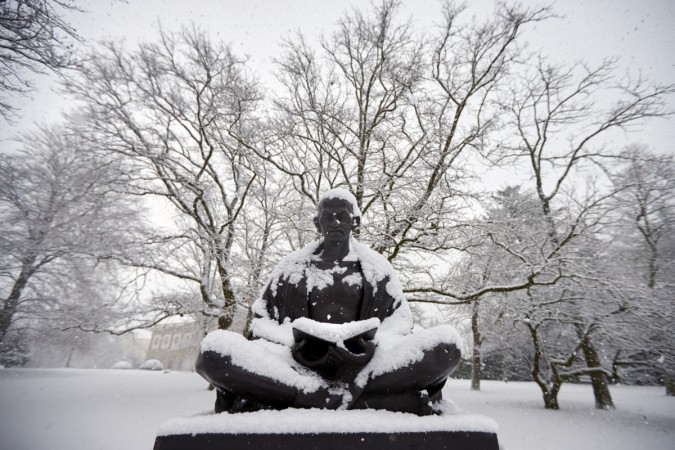
 Father of the nation
Father of the nation

